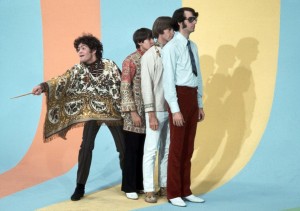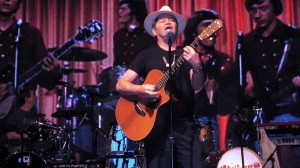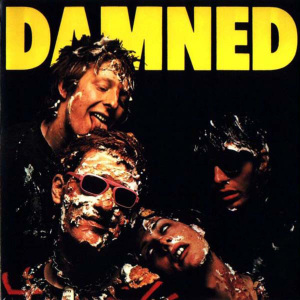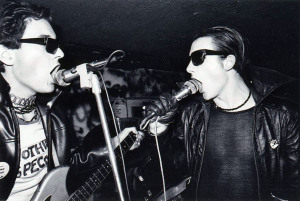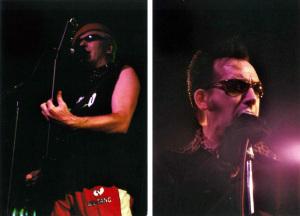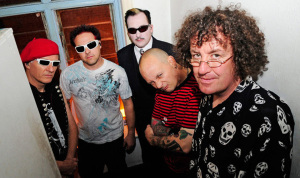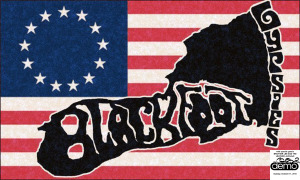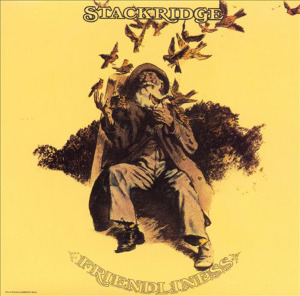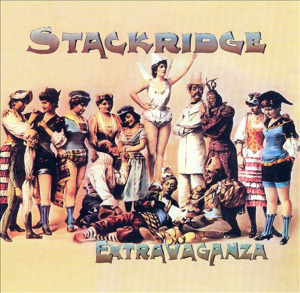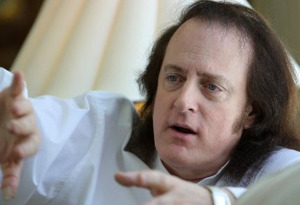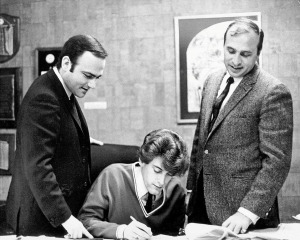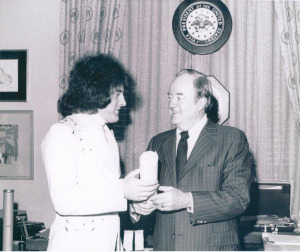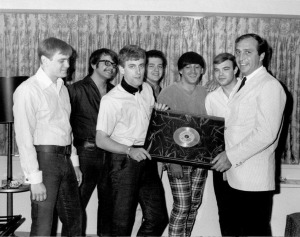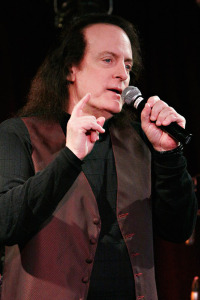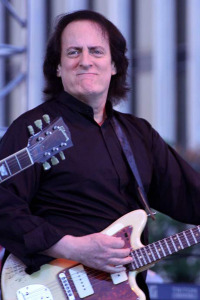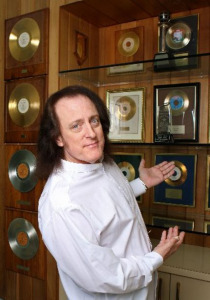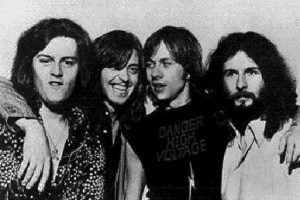PART ONE: THE INTRODUCTION
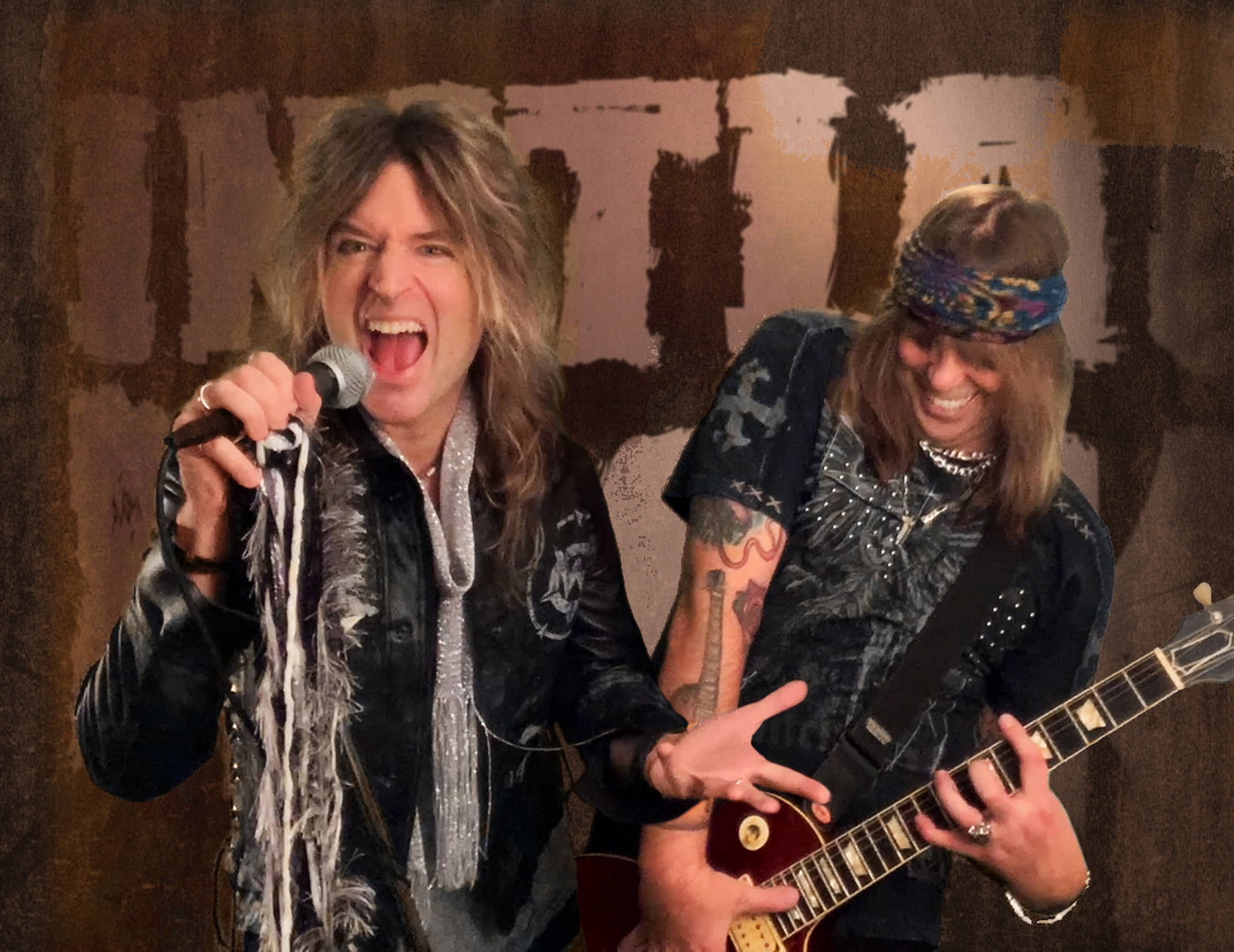
Angel is one of my all-time favorite “progressive” rock bands. The first time I heard “Tower” on the radio, I was hooked… went out and bought the debut album immediately. While I never saw the original band live, I did see them probably twenty-five years ago, when singer Frank DiMino and drummer Barry Brandt put together a short-lived version of the band. I had given up on ever hearing from the band again when it was announced that DiMino and the band’s incendiary original guitarist, Punky Meadows, were working on new material as Angel. Not long after, I had the opportunity to see this reconstituted band play live. This new Angel line-up was more in line with what the original band sounded like. Each member of the group was a stand-out musician, but I continually found myself focusing on the bass player, one Steve E Ojane. He had that beefy, muscular sound that drove most hard rock bands of the 1970s, including Angel, particularly the albums with Mickie Jones’ replacement, Felix Robinson. Steve recorded two albums with the group, RISEN and ONCE UPON A TIME. Recently, it was announced that Felix Robinson would be returning for select shows and that other players would be filling in on bass. Ojane’s time in Angel was apparently over. On the same day that I read the news about Felix, I received a promotional download of PLAYS WITH MERCURY by Steve’s new/old band, Initial Kick. I immediately requested an interview, the result of which follows…

THE INTERVIEW
THE MULE: So, the two of you formed Initial Kick about a decade ago… quite a while before Steve took up the bass duties with Angel. Steve, why did you decide to set IK aside and play with that iconic band? How has that experience influenced your work here?
STEVE OJANE: First off, I just want to thank you for talking with us today, Darren. It’s a pleasure. To answer your question – I was a big Angel fan since my early teens. Angel was five days shy of being my first concert. (The Meat Loaf BAT OUT OF HELL tour was my first, just five days earlier.) I had all the Angel albums, had their posters on my walls, et cetera. When this opportunity presented itself all these years later, there really wasn’t any question. I had to go for it. Frankie completely understood the decision to put Initial Kick on the back-burner temporarily. It would have been a bit too much performing live in two touring bands at the same time. But since we started recording the Initial Kick album before I joined Angel, we continued the recording and mixing during the interim.
THE MULE: Did Angel’s connections with Starz lead to Richie Ranno’s participation on PLAYS WITH MERCURY or did you know him before Angel?
STEVE: I met Richie through the shows we did with Starz and he’s been a good friend ever since. He’s a terrific guy and an incredibly melodic guitar player. His style blended perfect with the material on the Initial Kick album, and we are thrilled he generously offered to play on two of the tracks – “Tomorrow and Forever” and “Rock and Roll Saved My Life.”
THE MULE: Frankie, while Steve was touring and recording with Angel, how did you keep busy? Did you do any writing or work on other projects? Did Initial Kick continue to play and record during Steve’s downtime from Angel?
FRANKIE SCHAFFER: I’m so glad Steve got to live his dream and tour the world with Angel. That said, I’m very happy Initial Kick is back now and firing on all cylinders! The past few years for me have been filled with life, work, and lockdowns. Ha. Actually, I played in a Ramones tribute band for a while that was a lot of fun, and I’m always in the studio messing with things. Steve and I were always in communication and, although we placed IK, the live band, on hiatus for a bit, we continued working on making the record the best it could be. And we’re working on the follow-up now which, if you like the first record, you’ll love the next one!

THE MULE: I’ve been listening to the album and there’s a certain… smoothness to the sound, particularly the vocals. I think that this approach serves the material quite well, especially on the singles. “Tranquilizer” is jarringly tranquil… not at all what I expected. And, the cover of “Sugar, Sugar” is a blast. First, is the sound a natural extension of working together or is it an intentional attempt to do something just a bit different within the confines of Rock and Pop music? Second, obviously, the Archies were next level cartoon performers – on par with another like-minded band, the Beatles – but have rarely been covered. What prompted you to cover the national anthem of Pop confection and how much fun was it to record? Is there a cover of the Groovie Goolies in IK’s future? Or, the Amazing Chan and the Chan Clan, Banana Splits, Jabberjaw and the Neptunes or Evolution Revolution from LANCELOT LINK: SECRET CHIMP?
STEVE: Maybe that “smooth” vocal sound you refer to is simply because I don’t have a particularly loud voice. So I would say it’s not a deliberate thing, just the way I sound I guess. Of course I belt it out on the heavier tunes. As for the bubblegum possibilities… I don’t know. Frankie, Is “Yummy Yummy Yummy” on deck for the next album? Ha!
FRANKIE: Steve and I both love upbeat, fun music and I’m a big fan of the original bubblegum genre – 1910 Fruitgum Company, Ohio Express, Bay City Rollers, Sweet, et cetera. I think it was Steve’s idea to cover “Sugar Sugar” and I was instantly onboard 100%. It’s just a great song and fits well on the record. I’m not sure about the Banana Splits but I do see some Partridge Family in our future. Ha ha!
THE MULE: Steve, I saw Angel a couple of years ago (at the Wildey Theatre in Edwardsville, IL) and was quite impressed, not only with your playing but with the tone of your bass. That is the sound that I grew up listening to, with bands like Alice Cooper, Grand Funk Railroad, Bad Company and so many others… a truly classic sound. Are you playing bass on the new IK album and will you play the parts live or are you concentrating solely on the vocals?
STEVE: Thank you, Darren. Yes, that classic bass sound is deliberate. That sound we all grew up on is still in my heart as the classic bass tone. I did play bass on the album but don’t play bass while singing live with the band. I’d rather be free to just sing, and I have limited attention bandwidth! Ha ha!

THE MULE: Tell us a bit about the songwriting process within the band. How do the tunes come together?
STEVE: Since you brought up “Tranquilizer,” that’s a good example. I had half an idea kicking around in my head for a while for a 3/4 timing song that spoke about finding relief for the things in life that ail ya. Then one day, Frankie started playing this sweet wah-wah guitar part that was perfect for the song. We fused those elements together into what became one of the standout tracks on the album. It was even used in a movie soundtrack – BOXANNE, directed by Brian Wild.
FRANKIE: Most of the material on the first record are songs, ideas, and melodies Steve had written over the years. I liken it to ice cream. Steve is the ice cream on this record. I am the sprinkles. Ice cream is great, but ice cream with sprinkles? Forgeddaboutit!!

THE MULE: I’ve mentioned Richie Ranno. Who else plays on the album? Aside from the two of you, who else would be a part of a touring Initial Kick band? Have you considered putting together a permanent version of the band outside of the core? What does the future hold for the two of you and the band?
STEVE: In addition to Richie Ranno, we also have Charlie Calv (keyboards) and Billy Orrico (drums) from Angel playing on a few tracks. Also, Damian MonteCarlo and Phil “Mad Dog” Roberts make an appearance. As far as the live band, we have our original drummer, Johnny Zabo, back on board and we’re looking to start performing live again early next year. In the mean time, like Frankie said, we’re actually working on the second album. It’s really a one-two punch. We had so much material that we couldn’t fit it all on one album. So we split the material in two and, for the complete Initial Kick experience, you’ll have to check out the follow-up album which will be released in 2024!
FRANKIE: There’s a bit more collaboration writing-wise on the next record. In reality, we have so many songs to choose from, it will be interesting to see what makes the cut. Just looking forward to the next single off of PLAYS WITH MERCURY and moving forward. IK2 is in the works!
THE MULE: Finally, Steve, I’ve seen posts from the Angel camp stating that Felix Robinson will be returning for a few shows on their next run and that others will be filling in, as well. Does this mean that you have officially parted ways with the group or is this merely part of a push to get Initial Kick into the public consciousness?
STEVE: I’m thrilled that Felix is back in the fold. He’s a great guy and of course – a phenomenal musician. I’ll be in the front row cheering him on! This is actually what I’ve always hoped for. Although I love the time that I spent in Angel, I was always hoping it would serve as a catalyst for getting the original members back together. This is a great first step, I think. Who knows what the future has in store but, for now anyway, I am no longer in Angel and I’m really enjoying writing, recording, and performing my own music.
THE MULE: Thanks, guys. Oh, yeah… one last thing: Please tell me there’s going to be a vinyl version of PLAYS WITH MERCURY.
FRANKIE: Ha ha! It’s in the works!
THE REVIEW
INITIAL KICK: PLAYS WITH MERCURY

(DEKO ENTERTAINMENT; 2023)
Guitarist Frankie Schaffer and singer/bassist Steve Ojane, for all intents and purposes, are Initial Kick and their debut album, PLAYS WITH MERCURY, has been a long time coming. The original band formed a decade ago, taking a six year hiatus while Steve toured and recorded with one of his favorite bands, Angel. Realizing that the time was right, Ojane stepped away from his Angel duties to finish what he started with Schaffer and Initial Kick. So, was the delay worth the wait? Well… DUH!
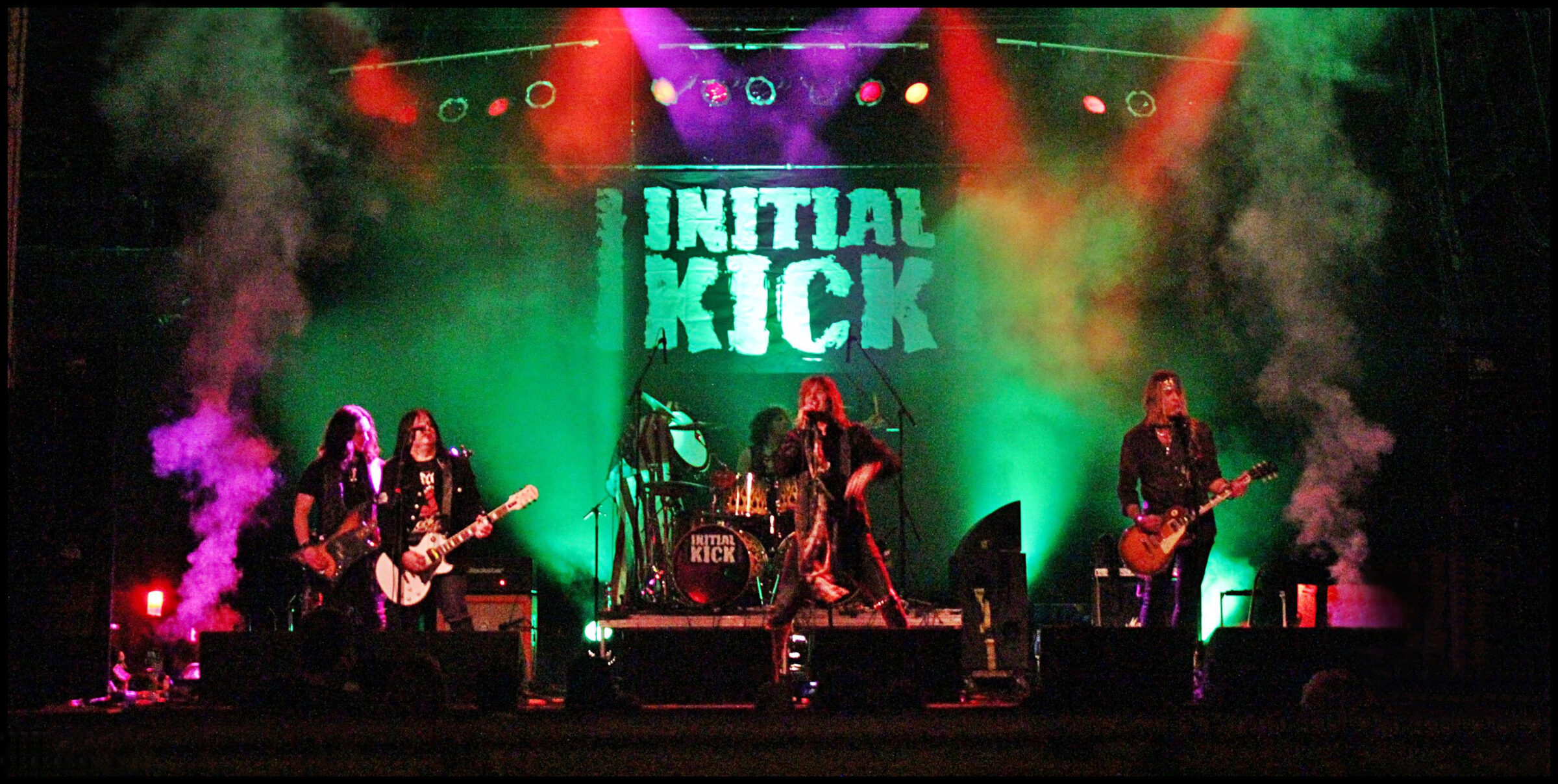
““On the Inside” gets the proceedings off to a bombastic start with a bit of “stun guitar” from Frankie and Steve’s effortless vocal style. “Tomorrow and Forever” features a chugging rhythm and some very nicely-placed tack piano by (Steve’s former Angel bandmate) Charlie Calv occasionally pushing its way up from the depths of the mix. The lead work and solo (from Frankie and Richie Ranno from Starz) are of the type that one would expect from an Arena Rock band from the latter Jurassic Period (late ‘70s and early ‘80s), but tweaked just enough to make it fresh and new. With pounding drums from Steve’s battery mate in Angel, Billy Orrico, and a riff that would make Chuck proud, “Wish You Well (Once Upon a Time)” could be the ultimate “kiss off” song of all time… kind of the biggest “I loved you, you broke my heart, I’m so over you” song ever written. Plus… COW BELL! The first single from the record, “Tranquilizer,” was featured in the Brian Wild movie BOXANNE. It’s about keeping the demons in your head in check and chugs along at a dizzyingly lethargic pace even after the drums pick up over the last half of the tune. A chorus with lyrics like “Give me a tranquilizer/To steady my head/To feel good instead,” certainly makes it an odd choice for a lead single, but… it works. You almost believe that the drugs are working when Steve sings “I will be good/The way that I should.” It ain’t a toe-tapper but, it sure does get stuck in your head.
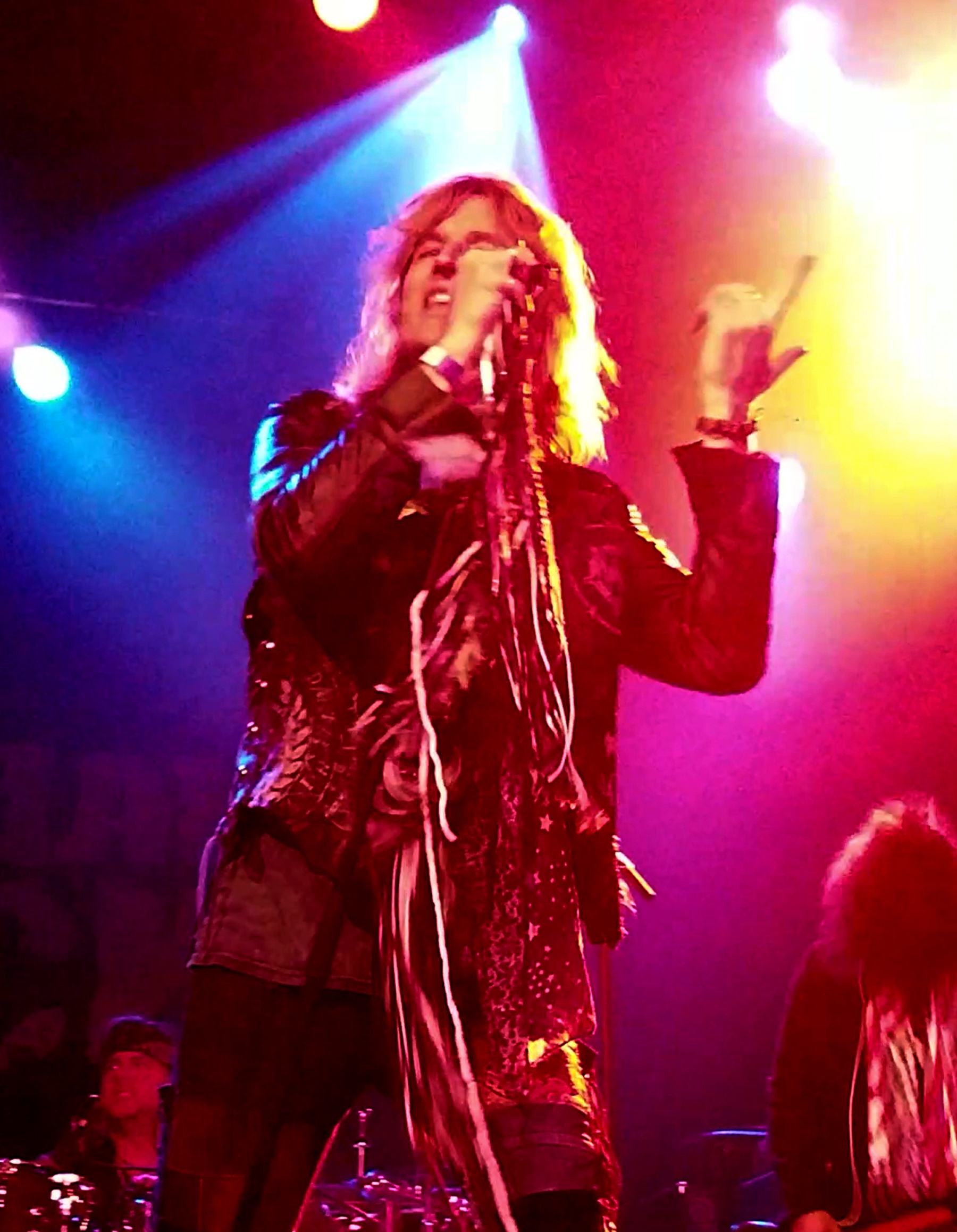
“Another great riff, a catchy melody, an appearance by original IK drummer Johnny Zabo and more of Ojane’s old-school bass style highlight “Sotheby’s Wasteland (It’s a Mall World After All).” The tongue-in-cheek lyrics are merely icing on the cake of another excellent mid-tempo rocker. The opening guitar on “Me and Rock and Roll” is somehow very reminiscent of the Beatles’ “Don’t Let Me Down” and the lyrics could be and updated version of “Beth” by Kiss. Given the name of the tune, both of those comparisons are quite apt. The guitars bite in a very laid-back way (as dichotomous as that sounds, that’s what I’m hearing). Frankie offers up another nice solo at the end. “Sloan Road Kids” is one of the more rockin’ tunes with a cool, almost familiar riff. With Steve, Frankie and the boys leaning into the Power Pop sound, it has a certain Cheap Trickesque magnificance. The instrumental harmonics of “’93” add a certain… here’s that word again… familiar warmth to what is the only actual ballad on PLAYS WITH MERCURY with a killer acoustic lead. The sound oddly brings to mind an old T Rex hand-clapper – especially the final minute or so – as the tempo picks up a bit, bringing a good song to a nice finish.
““At Home With the Animals” is an absolute rager compared to everything else here. And, like everything else here, it features solid licks, a cool solo and powerful though understated drumming. A true standout track among an album of standout tracks. I’m a sucker for cover tunes, the stranger the better. That, in a nutshell, is IK’s take on “Sugar Sugar,” that saccharine piece of bubblegum pop by the Archies, a cartoon group based on the ARCHIE comic books. In 1969 and 1970, it was almost impossible to escape the infectious song. Initial Kick adds a hard rock edge to the syrupy number, with rather tribal drumming and some stingingly awesome guitarwork. Of course, Ojane’s bass shines throughout and his smooth vocal delivery is almost a mirror of Ron Dante’s original. “Big In Singapore” is another lyrical gem, a track about the travails of a working rock band trying to find an audience in the good ol’ US of… in the 2020s. After quite a nice, melodic guitar intro, the lyrics take hold. With lines like “Thinking we passed the test/Then we get an F” and “We found our home abroad/Our US plan was a little bit flawed,” you hear a tinge of frustration, but also the ring of truth about the fickle state of the music industry (and its consumers) in this country. Steve gets bonus points for the line “Get your ass caned if you misbehave.” With a cool organ intro by Charlie Calv, aggressive power chords (are there any other kinds?) and the bass and drums as powerful as anywhere else on the album, “Rock and Roll Saved My Life” seems the antithesis of the previous number, extolling the healing properties of music and Rock music in particular. This is as close to a nod to Steve’s time in Angel as any of the previous eleven tunes. The song also has a snotty kind of guitar solo by Richie Ranno that fits perfectly here. Much like “On the Inside” was the perfect track to open PLAYS WITH MERCURY, “Rock and Roll Saved My Life” is the perfect set closer.

It only took ‘em ten years, but Frankie Schaffer and Steve Ojane have finally delivered the near-perfect debut album. Here’s looking to record number two. And… hopefully, a tour? What do ya say, boys?





